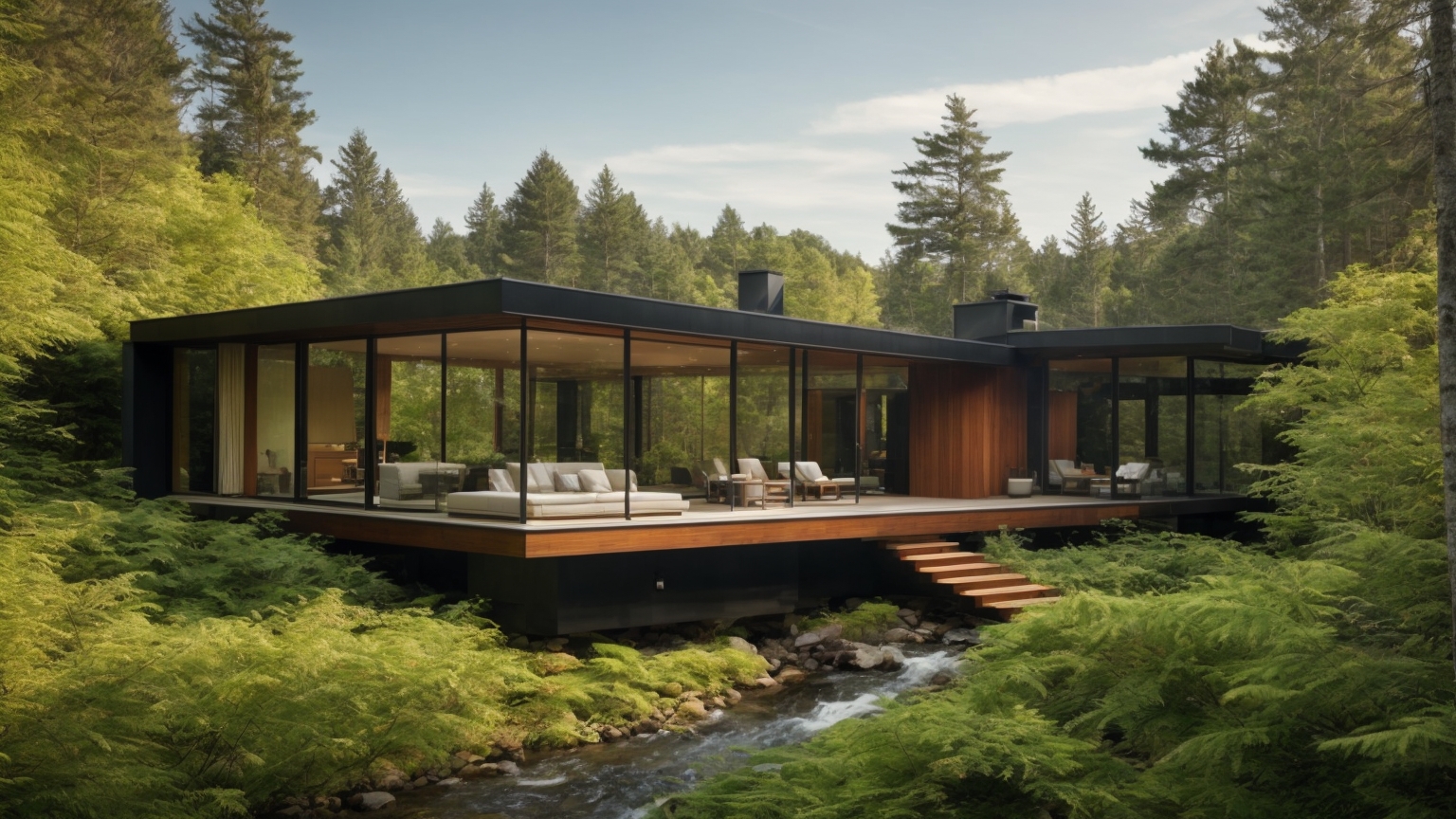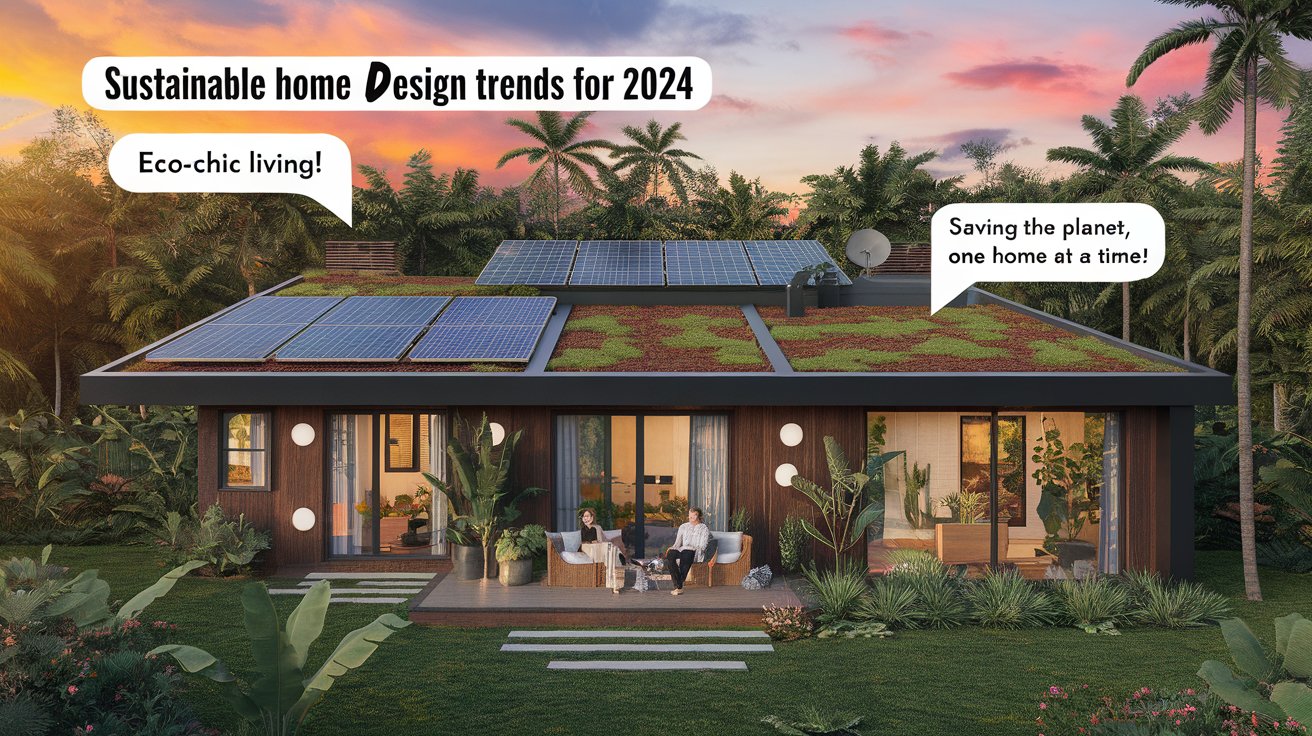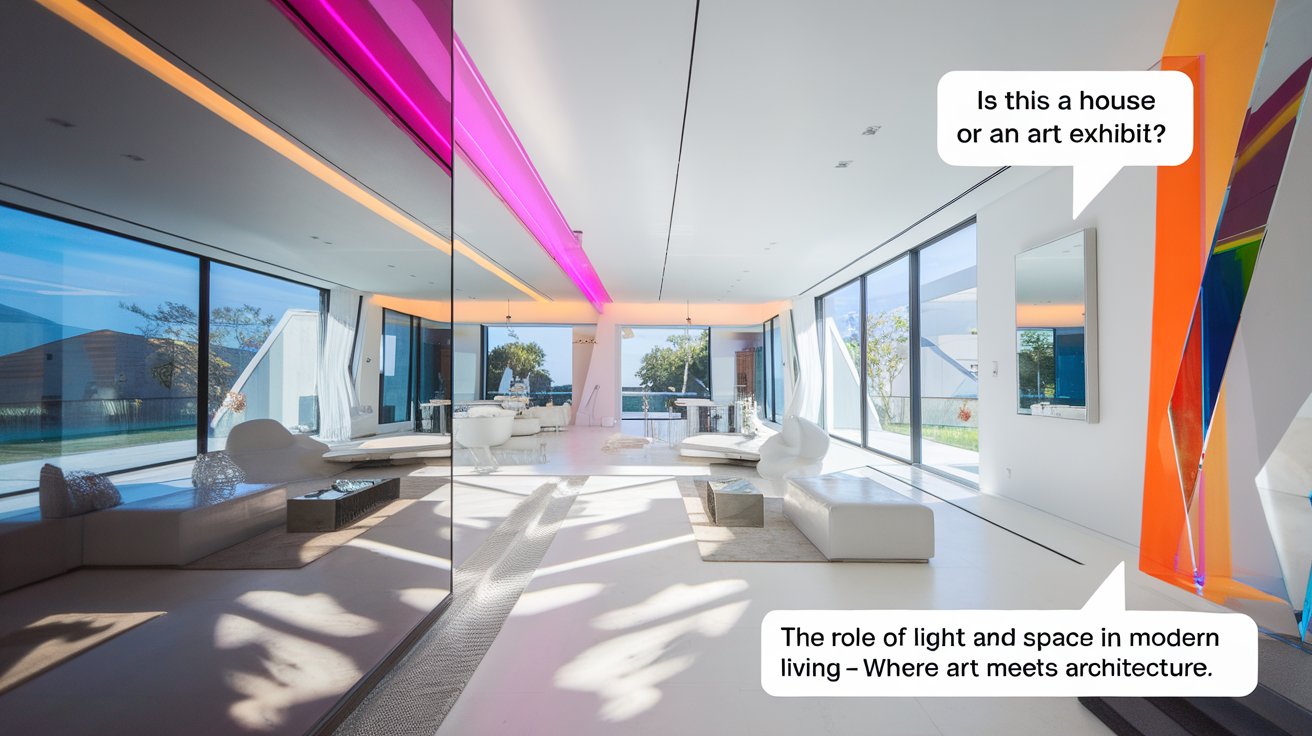Introduction
Texture in interior design is more than just a visual element; it plays a pivotal role in creating spaces that are both inviting and dynamic. Whether through natural materials, layered fabrics, or statement pieces, texture adds depth, character, and personality to any room. In modern design, it bridges the gap between functionality and aesthetics, enhancing the overall appeal of living spaces. By understanding how to effectively use textures, designers can create interiors that captivate the senses while maintaining balance and harmony.
From soft rugs that invite you to sink in to rugged wooden furniture that exudes strength and warmth, textures evoke emotions and elevate the design experience. When paired thoughtfully, textures and materials transform ordinary rooms into extraordinary havens. This guide explores the significance of texture, its applications, and the sustainable choices available for crafting timeless and comfortable interiors.
Key Takeaways
- Texture is a fundamental element in interior design, enhancing both aesthetics and functionality.
- Layering contrasting textures creates depth and adds visual interest to any space.
- Sustainable materials like reclaimed wood and bamboo bring warmth and eco-friendly appeal to interiors.
- Statement textures serve as focal points, infusing spaces with personality and character.
- Tactile design focuses on comfort and elegance, transforming interiors into welcoming environments.
- Combining textures thoughtfully ensures a balanced and timeless design.
The Role of Texture in Modern Interior Design
Texture is a vital element in interior design, bridging the gap between aesthetics and functionality. It plays a pivotal role in transforming a space from ordinary to extraordinary, creating a visual and tactile experience that captivates the senses. Modern interior design emphasizes the harmonious use of textures, incorporating materials like wood, fabric, and stone to add depth and character. Texture can elevate a space by providing contrast and balance, making it feel warm and inviting. Whether through soft textures like rugs and cushions or bold statement pieces, designers use texture to create focal points and infuse spaces with personality. By blending visual interest with tactile appeal, texture becomes a cornerstone of contemporary design, enriching both the look and feel of living spaces.

How Texture Enhances Visual Balance
Texture introduces a sense of equilibrium in interior design by contrasting soft and hard surfaces, rough and smooth finishes. For instance, a room dominated by sleek furniture can be balanced with a textured rug or woven throw to break monotony and add character. By carefully choosing and placing textures, designers create spaces that feel harmonious, inviting, and cohesive. This attention to balance ensures every element contributes to the overall aesthetic without overwhelming the space.
Incorporating Statement Textures in Design
Statement textures, such as a stone feature wall or a bold patterned rug, act as focal points in modern interiors. These standout elements draw attention, adding personality and depth to a space. By using one or two statement textures sparingly, designers can avoid clutter while maintaining a visually captivating design. These pieces often set the tone for the room, guiding the selection of complementary materials and decor.
Top Techniques for Layering Textures in Interior Design
1. Start with a Neutral Base
A neutral base, such as white walls or beige furniture, provides a clean canvas for layering textures. This foundation allows other materials and accents to stand out, creating a harmonious and balanced design.
2. Combine Soft and Hard Materials
Pairing soft elements like rugs and cushions with hard materials like wood or metal adds depth and contrast. This interplay creates a dynamic and visually appealing space that feels cohesive.
3. Use Textured Accent Pieces
Introduce textured accent pieces like woven baskets, ceramic vases, or patterned throws. These small details add character and can tie together various elements in the room.
4. Incorporate Natural Materials
Natural textures, such as jute, stone, or linen, add warmth and authenticity to the design. These materials are also sustainable and timeless, making them ideal for modern interiors.
5. Play with Light and Shadow
Lighting enhances texture by creating shadows and highlights. Use lamps, pendant lights, or natural light strategically to emphasize textured elements like wall treatments or fabrics.
6. Balance Bold and Subtle Textures
Bold textures, such as a stone fireplace or a leather sofa, should be complemented by subtle elements to avoid overwhelming the space. This balance ensures a cohesive and elegant design.
Layering Textures to Enhance Visual Interest
Layering textures is an essential technique to bring life and depth to interior spaces. By combining contrasting materials—such as rugged stone and smooth metals—designers can achieve a dynamic and engaging aesthetic. This approach adds visual interest and creates a sense of balance, preventing rooms from feeling flat or monotonous. Soft textures like throws and curtains can be layered with harder surfaces to create a welcoming and harmonious atmosphere. The interplay of textures not only captivates the senses but also enhances the overall aesthetic by drawing attention to key design elements. When used thoughtfully, layering textures transforms interiors into spaces that are both visually stunning and deeply comfortable.

Combining Soft and Hard Textures for Depth
Layering textures is about striking the perfect balance between soft and hard materials to add dimension and intrigue to a room. Soft textures like plush cushions or flowing curtains bring comfort, while hard surfaces such as polished wood or metal accents add structure. This interplay creates depth, drawing the eye to different elements and enhancing the overall aesthetic. Thoughtful layering ensures that no single element dominates, creating a cohesive design.
Using Textures to Highlight Key Design Elements
Strategic use of textures helps to emphasize important features in a room, such as an accent wall, a statement piece of furniture, or a decorative rug. By layering complementary textures around these focal points, designers can direct attention where it matters most. This technique adds visual interest without overcrowding the space, allowing each element to shine in its own right.
Case Study: Sustainable Textures in a Modern Living Room
A New York-based interior designer recently transformed a contemporary living room by incorporating sustainable textures and materials. The design began with a reclaimed wood coffee table as the focal point, which added warmth and character to the space. This was paired with a plush jute area rug that provided softness underfoot and complemented the earthy tones of the wood.
To balance the natural elements, the designer used linen curtains for a light and airy feel, while a leather sofa introduced a sleek and modern texture. Woven bamboo baskets were strategically placed for storage and added an additional layer of texture and functionality. Finally, the interplay of natural light and carefully positioned floor lamps highlighted the various textures, creating depth and interest throughout the room.
This approach demonstrated how sustainable materials could be seamlessly integrated into modern interiors to achieve both visual appeal and environmental responsibility.
Sustainable Materials and Their Textural Impact
Incorporating sustainable materials into interior design not only supports environmental responsibility but also adds unique textures that enrich the overall aesthetic. Natural materials like reclaimed wood, bamboo, and organic fabrics bring warmth and authenticity to spaces, connecting them to nature. These materials often feature irregular textures, adding depth and character that synthetic options lack. The tactile appeal of sustainable materials complements contemporary interior design, enhancing comfort and visual interest. By choosing eco-friendly options, designers can create timeless, elegant interiors that align with modern values. Sustainability and texture go hand in hand, offering a harmonious blend of style and substance.

Exploring Natural Materials for Eco-Friendly Design
Natural materials like bamboo, jute, and reclaimed wood not only contribute to sustainability but also offer a rich variety of textures. These materials often feature unique patterns and imperfections, adding authenticity and warmth to interiors. Designers can incorporate these eco-friendly options in flooring, furniture, and decor to create spaces that feel both timeless and contemporary, while supporting environmental values.
Achieving Elegance with Recycled Materials
Recycled materials such as reclaimed wood or repurposed glass bring an innovative edge to interior design. These options combine sustainability with a tactile appeal that makes spaces memorable. Whether used in furniture, wall treatments, or decorative items, recycled materials offer a blend of elegance and environmental responsibility. Designers can showcase the beauty of these materials, proving that sustainability and style go hand in hand.
“Design is not just what it looks like and feels like. Design is how it works.” – Steve Jobs
Infusing Comfort and Elegance Through Tactile Design
Tactile design is about more than just looks—it’s about how spaces feel. Incorporating materials that invite touch, like velvet, leather, and woven fabrics, adds layers of comfort and luxury to interiors. These tactile elements not only elevate the design but also create a sense of coziness that draws people in. Thoughtfully selected textures can soften harsh lines, highlight focal points, and enhance the functionality of a room. By balancing comfort and elegance, tactile design brings spaces to life, making them warm, welcoming, and visually appealing. The interplay of textures and materials transforms interiors into havens of relaxation and sophistication.

Creating Cozy Spaces with Soft Textures
Soft textures like velvet, wool, and chenille are perfect for adding comfort and warmth to interiors. These materials work well in upholstery, throws, and cushions, transforming living spaces into cozy retreats. By incorporating soft textures in strategic areas, designers can make rooms more inviting and relaxing while maintaining a sophisticated aesthetic.
Blending Textures for a Luxurious Feel
Luxury interiors often rely on a blend of textures, such as pairing smooth leather with plush velvet or shiny metallics with natural stone. This combination of tactile elements creates a sense of richness and depth that elevates the design. By carefully selecting and layering textures, designers can craft spaces that exude opulence and refinement without appearing overly ornate.
Conclusion
Texture in interior design is a powerful tool that shapes the mood and functionality of a space. By thoughtfully layering soft and hard textures, incorporating sustainable materials, and emphasizing tactile design, designers can craft interiors that are both visually stunning and deeply inviting. Texture goes beyond aesthetics—it transforms spaces into environments that feel warm, balanced, and full of character.
Whether it’s through natural materials like reclaimed wood, luxurious fabrics, or bold statement pieces, textures have the unique ability to captivate the senses and elevate any room. Embracing the interplay of textures and materials ensures that interior spaces remain timeless and resonate with comfort, elegance, and sustainability.






